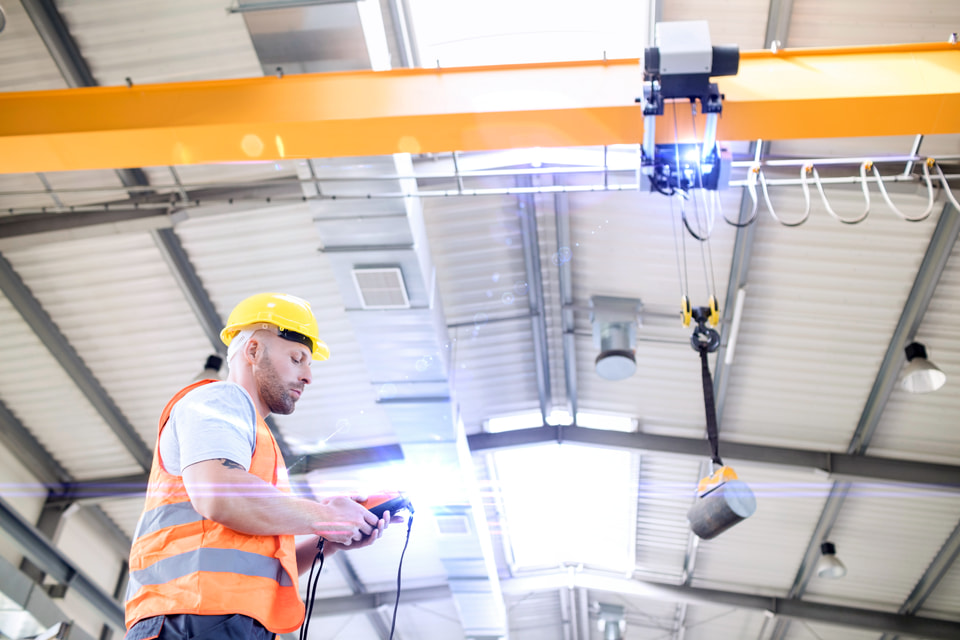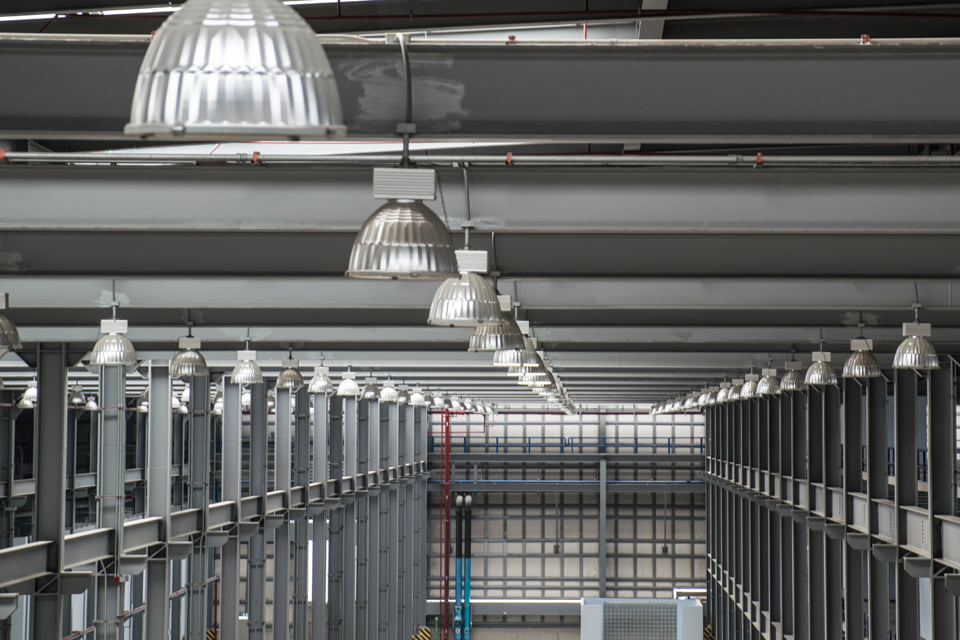Shop Lighting
The lighting of a commercial or retail shop is a vital consideration that goes beyond just illumination. It is an essential aspect of the shopping experience that can significantly impact consumer behavior, sales, and safety.
Let’s start by discussing the role of lighting in a shop setting. The right lighting can create an inviting atmosphere that draws customers in, highlights products effectively, and influences the overall perception of your brand. Good lighting can help to accentuate the colors, textures, and details of your merchandise, making them more appealing to potential buyers. It can also help direct shoppers’ attention to specific areas or items within the store, such as sale items or new arrivals.
Different types of lighting serve various functions. Ambient lighting provides general illumination for the entire shop, ensuring customers can move around safely and comfortably. Task lighting is utilized in specific areas where more focused light is needed, like fitting rooms or checkout counters. Meanwhile, accent lighting is used to highlight specific products or areas, enhancing their appeal and drawing customers’ attention.
Workshop Safety
Now, let’s shift our focus to industrial safety, which is a crucial element in virtually any environment. Poorly lit shops not only deter customers but also present safety risks. Insufficient lighting can lead to accidents, such as slips, trips, and falls, posing potential liabilities for shop owners.
In terms of safety, there are a few key factors to consider. First, ensure that all areas of your shop are well-lit, including corners and back-of-store areas. Also, consider the placement of lights in relation to shelving or displays to avoid casting shadows on areas where customers walk.
Emergency lighting is another crucial aspect of shop safety. In the event of a power outage or other emergencies, these lights should automatically activate to provide sufficient illumination for safe evacuation.
Furthermore, lighting fixtures and installations should comply with local building and electrical codes to prevent potential electrical hazards. Regular maintenance and inspection are necessary to ensure all lighting systems are functioning correctly and safely.
The use of energy-efficient and eco-friendly lighting options, like LED lights, is also beneficial. These lights not only reduce your carbon footprint and energy costs but also generate less heat, reducing the risk of overheating and potential fire hazards.
Conclusion
To conclude, the importance of proper shop lighting should not be underestimated. It not only influences the ambiance and appeal of your store but also ensures the safety of your customers and staff. By thoughtfully designing your shop lighting and adhering to safety guidelines, you can create a pleasant and secure shopping environment that can positively impact your business’s success.
Remember, the quality of your lighting directly reflects the quality of your shop. So, invest wisely and illuminate effectively!



